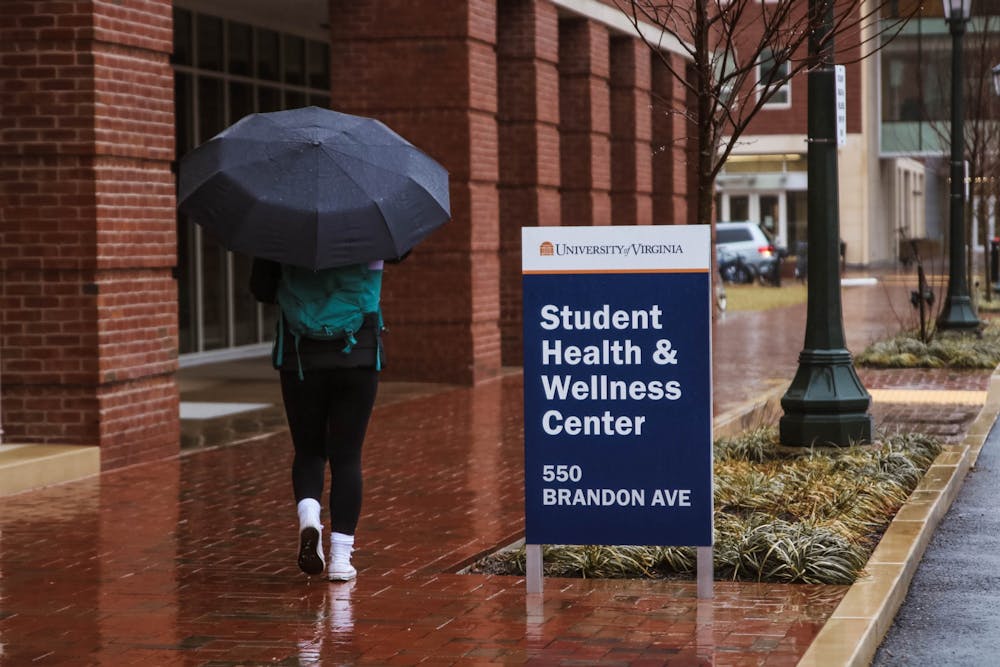Close to 70 percent percent of college students reported engaging in sexual activity with at least one partner — on average, though, only about 20.2 percent of female college students and 8 percent of male college students get tested for sexually-transmitted infections annually. In the face of rising STI infection rates, students should have conversations with medical professionals about getting tested for STIs. Testing has benefits for both their health and the health of our community, and students should feel comfortable engaging not only in testing but in discourse about STIs.
Students may not regularly test for STIs because they do not realize it is recommended for them. While many high school sexual education programs teach about STIs, the content is sometimes used to scare students out of having sex and does not focus on practical advice. One study revealed 42 percent of sexually active young adults have not been tested because they do not think they are at risk — but they are. Anyone who has vaginal, anal or oral sex is at risk. Students should take the time to educate themselves about STIs so they know when and what tests may be right for them. The CDC offers specific screening recommendations that students can use to see how often they should get tested for certain STIs. Anyone who is sexually active should talk to their doctor about why testing may be right for them.
The most obvious motivations for STI testing are the personal health benefits. Even if a student is routinely using barrier methods that provide protection against STIs, they are still at risk of exposure, especially for certain STIs like herpes and HPV. If an STI is detected early, there are cures and treatments available. If an STI is not caught early enough, though, there can be serious, long-term health impacts. Chlamydia, if left untreated, can cause infertility in women and long-term pelvic pain. Men can also develop conditions like reactive arthritis or urethritis — a painful inflammation of the urethra. Getting tested for STIs is a simple way to stay healthy and reduce the risk of painful and long-term conditions.
Another benefit of STI testing is that it can help keep a student’s sexual partners and the community safe. A common misconception is that people should only get tested for STIs if they have symptoms, but most people with STIs are asymptomatic — 50 percent of men and 70 percent of women do not display symptoms when they have chlamydia, for example. Regardless of whether you show symptoms or not, damage can still be done to your health and the STI can still be spread to other people. Getting tested before engaging with a new sexual partner, especially if you have previously had unprotected sex, can help prevent STIs — and the consequences they carry — from being spread.
Although STI testing has individual and community health benefits, some may refrain from getting tested because of the stigmatization surrounding STIs. A common descriptor of negative STI test results is “clean,” which sends a message that people who have STIs are dirty. The reality, though, is that over half of all Americans will have an STI in their lifetime and one in five are living with an STI on any given day. Students should get tested with the knowledge that STIs are common — having one does not make you “unclean” or any less of a person. Talking to a healthcare provider and encouraging others to do the same helps reduce the negative stigma that dissuades people from getting tested.
With the knowledge that STI testing should be common practice and has numerous benefits, students may be wondering how they can get it done. Student Health and Wellness has directions on their website on how to book an STI-screening appointment. There is also a price list to help students see how much their testing will cost, although it varies based on what tests the healthcare provider recommends. Additionally, students should be on the lookout for free STI testing opportunities at the University. This semester, the Safety and Wellness Agency of Student Council spent $35,000 on no-cost STI screening for students. Students should seek out testing for themselves, even in the absence of these resources — the benefits of protecting your health and the health of the community generally outweighs the price.
Mikayla Havison is an Opinion Columnist who writes about University Life for The Cavalier Daily. She was also previously a member of Student Council’s Safety and Wellness Agency during their no-cost STI screening program. She can be reached at opinion@cavalierdaily.com.
The opinions expressed in this column are not necessarily those of The Cavalier Daily. Columns represent the views of the authors alone.





